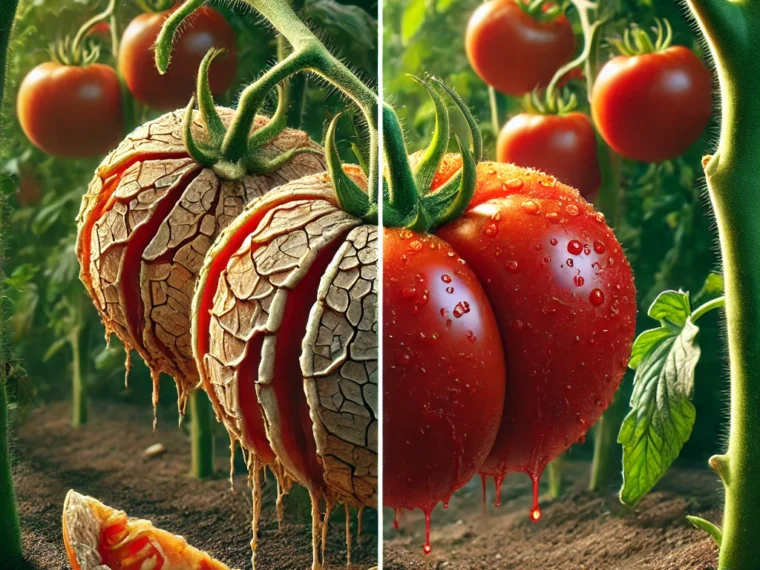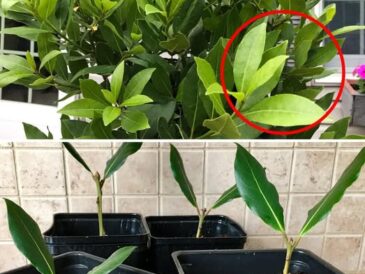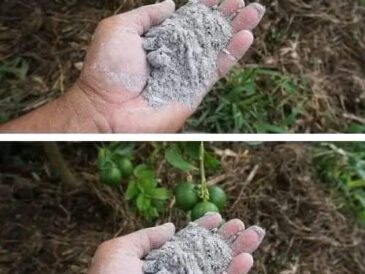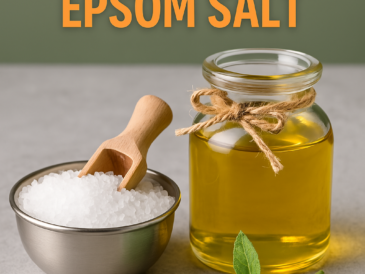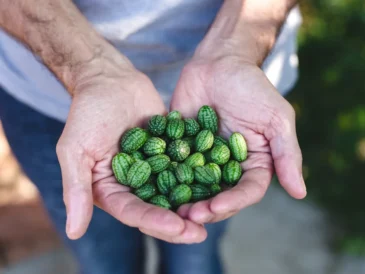2. Mulch Your Plants
- What to Do: Apply a 2–3 inch layer of organic mulch, like straw or wood chips, around the base of your plants.
- Why It Works: Mulch helps retain soil moisture, preventing sudden water uptake after rain or irrigation.
3. Pick Tomatoes Before They Fully Ripen
- What to Do: Harvest tomatoes when they are just beginning to turn red (blushing) and allow them to ripen indoors.
- Why It Works: Slightly underripe tomatoes are less likely to split than fully ripened ones on the vine.
4. Choose Resistant Varieties
- What to Do: Grow crack-resistant tomato varieties, such as ‘Celebrity,’ ‘Juliet,’ or ‘Mountain Spring.’
- Why It Works: These varieties are bred for thicker skins and greater resistance to splitting.
5. Protect Against Heavy Rain
- What to Do: Use row covers or plant in containers that can be moved to sheltered areas during storms.
- Why It Works: Limiting exposure to sudden downpours prevents water overload.
6. Ensure Proper Fertilization
- What to Do: Use a balanced fertilizer that provides nutrients like potassium, which strengthens fruit walls. Avoid over-fertilizing with nitrogen.
- Why It Works: Healthy, well-fed plants produce fruits with stronger skins, reducing the risk of splitting.
What to Do with Split Tomatoes
- Harvest Immediately: Split tomatoes can still be eaten if harvested promptly and the damaged area is removed.
- Cook or Freeze: Use them in sauces, soups, or stews to avoid waste.
- Compost: If the fruit is severely damaged or rotting, compost it rather than leaving it on the plant.
Conclusion
Splitting tomatoes is a manageable issue once you understand its causes and take proactive steps to prevent it. By maintaining consistent watering, mulching, and choosing the right varieties, you can reduce splitting and enjoy a more bountiful and visually appealing harvest. Happy gardening!
Pages: 1 2
